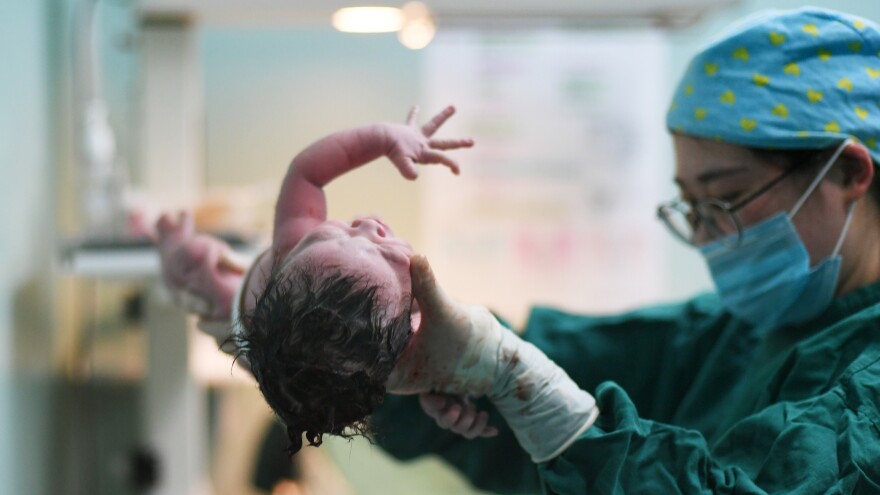Two years after China officially ended its one-child policy in order to counter the country's aging society and shrinking workforce, Chinese couples are not having babies fast enough.
In 2017, there were 17.6 million births in China, representing 12.43 births per thousand people. However, that was a drop from 2016, when the one-child policy was first relaxed – a year that saw 12.95 births per 1,000 people.
The difficulty in quickly turning things around results from the old policy's successes as well as its failures.
Promulgated in 1979 by Chinese leader Deng Xiaoping, the one-child policy was an effort to ensure that China's population did not hold back its economic development.
By 2016, China's leadership faced the opposite problem and implemented a two-child policy in hopes of spurring births.
The latest drop in the birth rate, according to demographer Chen Youhua from Nanjing University quoted in The South China Morning Post, is due to a fall in the number of women of childbearing age. There are fewer childbearing women because of the lower birth rates in the 1990s, when the one-child policy was in full swing.
Because of China's strong preference for male children, the one-child policy infamously led to female infanticide, further exacerbated the problem and creating a gender imbalance of an estimated 30 million males, according to Post.
The Council on Foreign Relations writes, "The fertility rate still hovers around 1.6, lower than the U.S. rate of 1.87. Even Brazil, which has a similar GDP per capita to China, has a rate of 1.75. Furthermore, Chinese parents have traditionally preferred boys over girls, leading to a massive gender imbalance. In 2017, men outnumbered women by 33 million, and the male to female birth ratio was 115 boys for every 100 girls, one of the most skewed in the world."
Even so, there is one bright spot in the statistics: 51 percent of the births in 2017 were to couples who already have a child, proving that many who can have children are eager to have larger families.
For some, though, the idea of having more children could prove a difficult sell. As Bloomberg notes, "High living costs, long work hours and surging child-care expenses mean that many couples feel that they can only afford to have one child — or none. A survey by Zhaopin.com, a job recruitment site, found that 33 percent of women had their pay cut after giving birth and 36 percent were demoted."
Copyright 2020 NPR. To see more, visit https://www.npr.org. 9(MDAyNDY5ODMwMDEyMjg3NjMzMTE1ZjE2MA001))









